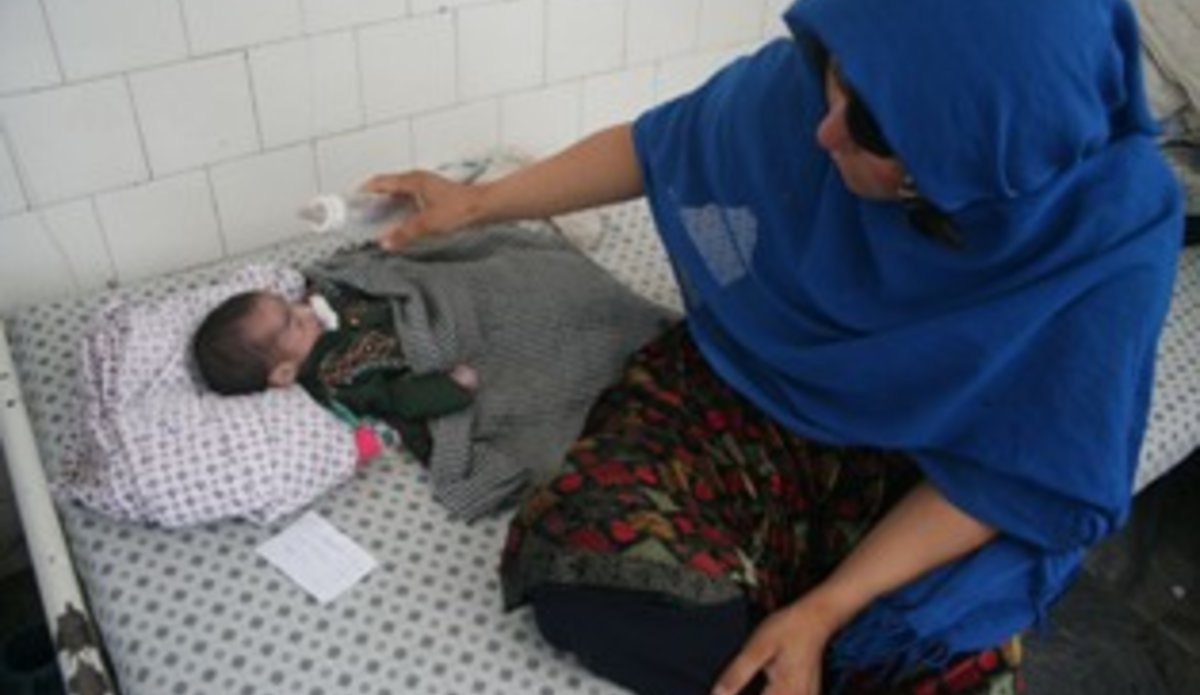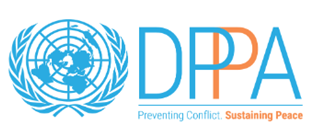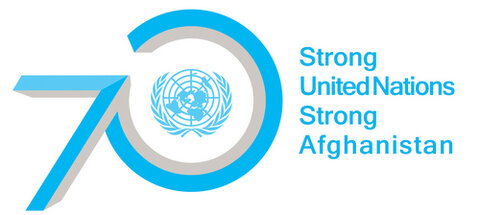Efforts Intensify To Reach MDGs On Maternal Health
KABUL - Afghanistan has made significant progress on making conditions better for women survive pregnancy and childbirth. Yet health workers say there remains room for more progress.
“In 2006, the maternal mortality rate was 1,600 deaths per 100,000 live births, which dropped to 327 deaths per 100,000 live births in 2011,” said Dr. Saadia Faiq, Director of Maternal Health at Ministry of Public Health (MoPH). She was referring to result from a mortality survey carried out in 2010.
Just six years ago Afghanistan had the second highest maternal mortality figures in the world, after Senegal. Since then, despite improvements in services, the country still lags behind others in the region. According to official figures, 77 children less than a year old die out of each 1,000 live births. For children under the age of five the ratio is 97 per 1000 live births.
Services throughout the country have improved the situation. Currently 34 percent of Afghan mothers are able to benefit from hospitals and midwives services for their pregnancy and childbirth cases, said Dr. Saadia.
The key reasons for this stubbornly high mortality rate are lack of awareness about pregnancy-related health issues, limited access to health services particularly in rural areas, a shortage of skilled midwives, malnutrition, customary practices and incorrect understanding of religious teachings.
“Even in Kabul many people prefer women give birth at home instead of dealing their cases at hospitals or through midwives. In rural areas the situation is worse due to the low level of awareness,” said Najibullah Safi, National Officer at World Health Organization (WHO).
The Ministry of Public Health has made reducing child mortality and improving of maternal health one of its top priorities. Around 70 percent of all medical services in Afghanistan’s health sector are directed towards improving the health of mothers and children, according to Dr. Faiq.
With the technical support of its partners including World Health Organization (WHO), United Nations Children’s Fund (UNICEF) and United Nations Population Fund (UNFPA), the Ministry of Public Health has created a number of national programmes aimed at increasing the number of trained midwives, raising awareness about dangers related to women pregnancy and childbirth and strengthening health services at hospitals and clinics.
So far about 4,000 new midwives have been trained at the midwifery schools throughout the country. At the same time, the Ministry of Public Health has established dedicated maternal hospitals in six provinces. Mobile clinics and sub-centers have been established to travel to areas where adequate health services are not available.
These efforts have been strengthened by grassroots efforts. Family Health Groups (FHGs) composed of men and women health workers provide advice and conduct lessons throughout the country. Plans also exist to integrate training on maternal health into the curriculum of the Ministries of High Education and of Education.
These efforts are key if Afghanistan is to achieve the health targets set out in the Millennium Development Goals. To achieve those goals the Ministry of Public Health and its partners are developing a strategy called ‘H4 Plus’ that allows countries with severe maternal mortality rates to obtain increased funding. The plan has been devised by UNFPA, UNICEF, WHO, World Bank and USAID and already integrated into National Priority Programmes (NPP) to be funded under the Afghanistan National Development Strategy (ANDS). Maternal mortality is a crosscutting issue and is unlikely to be resolved without inter-sectoral planning and coordination.
“The partners of MoPH have started advocating with the in-country donors for additional funding to the Afghan H4 Plus Plan,” said Dr. Adila, a National Officer with the WHO.
Complicating the picture is that in Afghanistan there remain large areas without female doctors and where people continue to go without basic health facilities.
“We don’t have female doctors in Daikundi and Nooristan. The government should establish girls schools in these provinces so that they can be trained as medical doctors and midwives in the future,” said Dr. Faiq.
By UNAMA Kabul
 UN
UN







